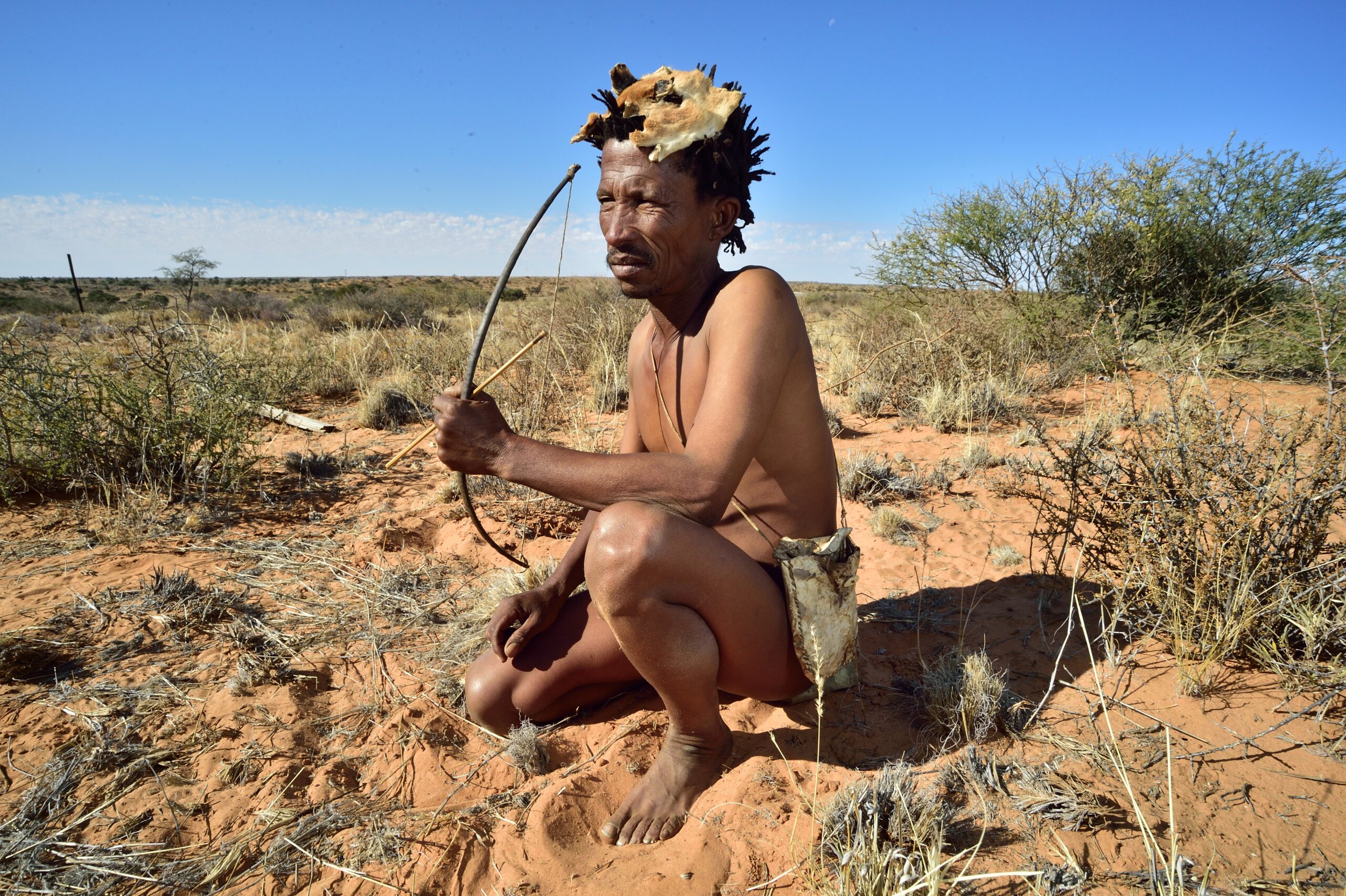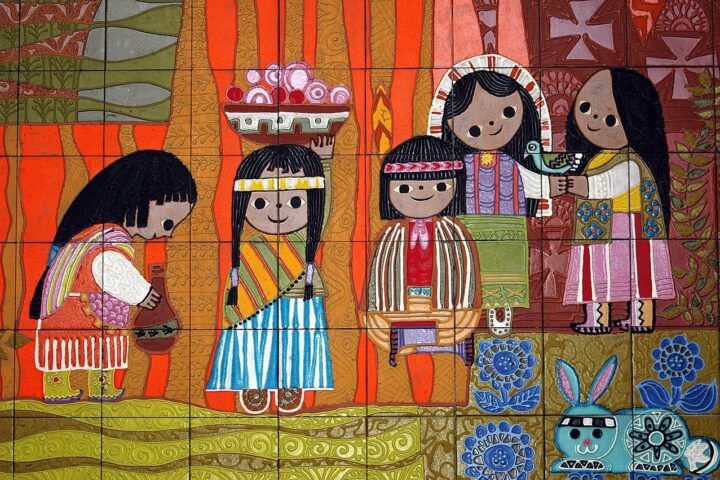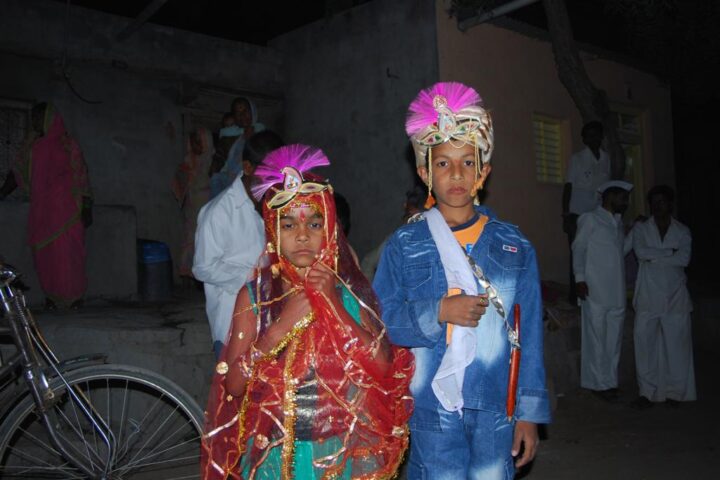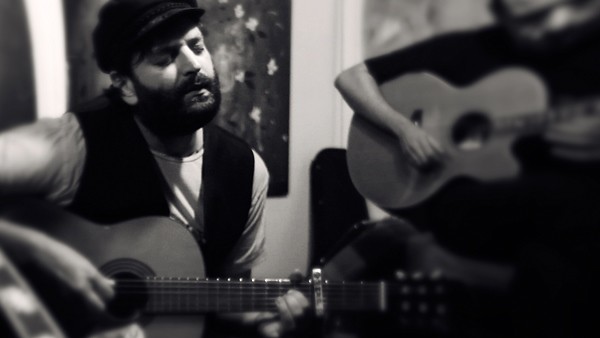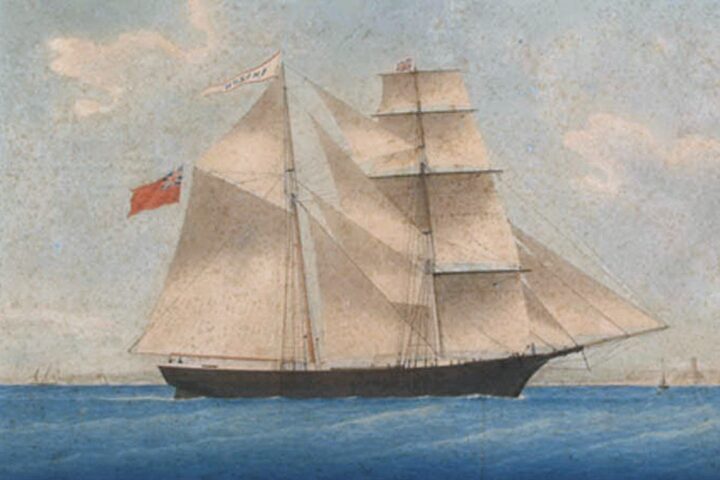Source: Wikimedia_By South African Tourism from South Africa – Arri Raats_ Kalahari Khomani San Bushman_Boesmansrus camp_Northern Cape_South Africa, CC BY 2.0
A Timeless Culture: The San People of Southern Africa
The San, also called Bushmen, are among the oldest continuous cultures on the planet. Origins trace back over 60,000 years to date, making them contemporaries with early modern humans. For numerous generations, they have lived in the arid lands of southern Africa, particularly in such countries as South Africa, Namibia, Botswana, and Angola.
A Hunter-Gatherer Lifestyle
Traditionally, the San are a nomadic people who have always relied on a hunter-gatherer lifestyle. The San rely heavily on their sharp awareness of the natural environment and exceptional skills in animal tracking, the use of the bow and arrow, and gathering edible plants to survive. Because of this close contact with nature, they have managed to survive under very harsh conditions.
Traditional Cultural Behaviors
The San people are very cultural and ritualistic. San is well-recorded for its rock arts, which depict activity patterns of their daily lives besides spiritual beliefs. Their oral traditions include storytelling, songs, and dances, which play a vital role in the survival of their cultures. Some San people are attached to the spirits of their ancestors, believing that everything natural has some spiritual force.
Challenges and Preserving Their Heritage
The San people have faced many challenges of displacement, discrimination, and the loss of traditional lands. However, much has been done to help protect their culture for survival. Organizations and individuals, through awareness of the culture of the San people, go to great lengths to support them in trying to preserve their special way of life.
The Origins of the San People
Their origins have yet to be firmly established, and their origins are continually under research. Genetic studies suggest they may have migrated from Africa to Eurasia and back again, roughly 60,000 years ago, which is related to the movement of modern humans out of Africa and into other parts of the world.
The San Peoples’ Traditional Lifestyle
They developed a peculiar way of life that fitted well with the unfriendly conditions in the environment in which they stayed, namely southern Africa. The San people used to live in small bands comprising related families who often moved to adapt to seasonal changes of food accessibility.
The greater part of their diet consists of meats from animals such as antelope, zebra, and giraffe, plus wild plants, roots, and berries. They hunt and collect by different techniques, using accessories such as bows and arrows, spears, traps, and nets.
Social Structure of the San People
San society is egalitarian, with very little hierarchy and few formal leaders. Decisions are often made by unanimous consent rather than through the influence of an authority figure; there is also a high level of sharing of resources and cooperation.
Spiritual Beliefs of the San People
Spiritual tradition among the San people is deeply rooted in their belief in a spiritual force underlying all things in nature. This would be considered by them to be responsible for creating the world, taking care of it, and keeping it in order, and they attempt to live accordingly.
They have a great deal of respect for their ancestors whom they strongly believe are still involved in their lives. This they do through rituals performed to appease the ancestors for guidance.
Art and Music of the San People
The San are known for their unique art and music. Their rock art, found in caves and on rock faces throughout the southern part of the continent, is an expression of their daily life and spiritual life, as well as their interaction with other cultures.
The San people also have a rich oral poetry tradition, songs, and dances. Their music is usually accompanied by different musical instruments like the drum, rattle, and bow.
The Language of the San People
The San people speak a number of languages in the Khoisan language family. These languages are southern African because of their use of clicks as consonants.
Challenges of the San People
They have faced a number of challenges over the last few centuries, which include displacement, discrimination, and loss of their lands. The big implication of colonization by Europeans was that the San people were removed from their land and then enslaved and killed.
During most of the 20th century, the San were discriminated against, ostracized, and often had little or no opportunity for education, health care, and other fundamental services.
Preservation of Culture of San People
In recent times, there have been efforts to preserve the culture of the San people and ensure their survival. Different organizations and individuals have generated awareness about the plight of the San people in order to support their communities.
One of the largest initiatives that have taken place is the development of community-based tourism projects. In these projects, San people are given the opportunity to share their culture with visitors and, importantly, receive income within their communities.
Besides, efforts put in place include protected areas where the San people live to date traditionally. These areas protect not only land and resources but also the culture of the San people.
The Future of the San People
The future of the San people is not sure. On one hand, poverty, unemployment, and discrimination still burden their lives. On the other hand, it can also be a hopeful future. The San are resilient with much cultural heritage, and their struggle for survival may be supported by organizations and individuals in years to come. Resilience among the San People
The San have faced so much, but they are quite resilient. The culture of the San has lasted for thousands of years, and up until today, they hold on to traditions, just like their way of life.
Whereas many factors have combined to assist the San people in their resilience, this bearing that they have with the land makes them so attached to it. They know everything about this environment, and their expertise in hunting, identifying plants for food, and navigating through the landscape is nothing short of phenomenal. This connectedness with the land has enabled the San people to adapt to every changing condition in finding sustenance as well as shelter even from the most hostile environments.
Apart from this, another reason which has given strength to the San people is the community. They stay in bands formed with related families and share resources and responsibilities. This helps give them a sense of community with support and solidarity, though adverse circumstances have prevailed.
The Impact on Western Culture by the San People
These peoples have contributed a great deal to Western culture. Their lifestyle is so different, and their knowledge of the natural world has inspired artists, writers, and philosophers for ages.
Probably the best example of the impact of the San on the West is through the work of the South African writer Laurens van der Post. He wrote a number of books regarding his experiences with the San, and his work did much to bring their plight to general attention and to preserve their cultural heritage.
The San people have also vastly contributed to Western culture through their art and music. Their rock art, which has detailed drawings of animals and spiritual beliefs, has been widely appreciated by professional art historians and collectors. Their haunting melodies combined with complex rhythmic music has influenced musicians from all over the world.
Future of the San People
But their future is not that sure, of course. There are challenges of poverty, unemployment, and discrimination which face them continuously. A bright hope, nonetheless, looks forward toward the future. The San are resilient people with a wonderful cultural background. With organizations and individuals continuing to support their cause, they will have much to look forward to in the years to come.
Of all the factors that have impacted upon San peoples today, the major issue is loss of traditional land. Many communities were forcefully shifted from their lands by governments, mining companies, and other development projects. This was not only destroying the way of life of the San people but was also quite effectively erasing the culture of this people.
The only counterbalancing factor to this challenge is that the San people and their allies are making certain efforts toward securing land rights for the San communities. They also promote the establishment of protected areas where San people could continue their traditional way of life.
Another challenge, no less important, the San face is regarding the preservation of their language and culture. Many people of San ethnicity are losing their language when being included in everyday society. To meet this challenge, organized efforts exist both at the institutional and individual levels for the promotion of the use of the San languages and preservation of the cultural traditions of the San.
Despite all this, the San people are hopeful for their future. They are proud of their culture and do all that they can to sustain the way of life that they love so much. If helped along by organizations and other individuals, they are able to continue on for many generations.
Conclusion
They are among the oldest surviving cultures on Earth. Their lived culture and their affinity with nature have been a source of inspiration to people all over the world. And yet, in spite of all odds, it is amazing how they have struggled on. Only then will they be able to recover truly with the active help of organizations and individuals who support them, for many more years to come.
Sources:

